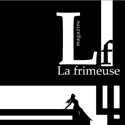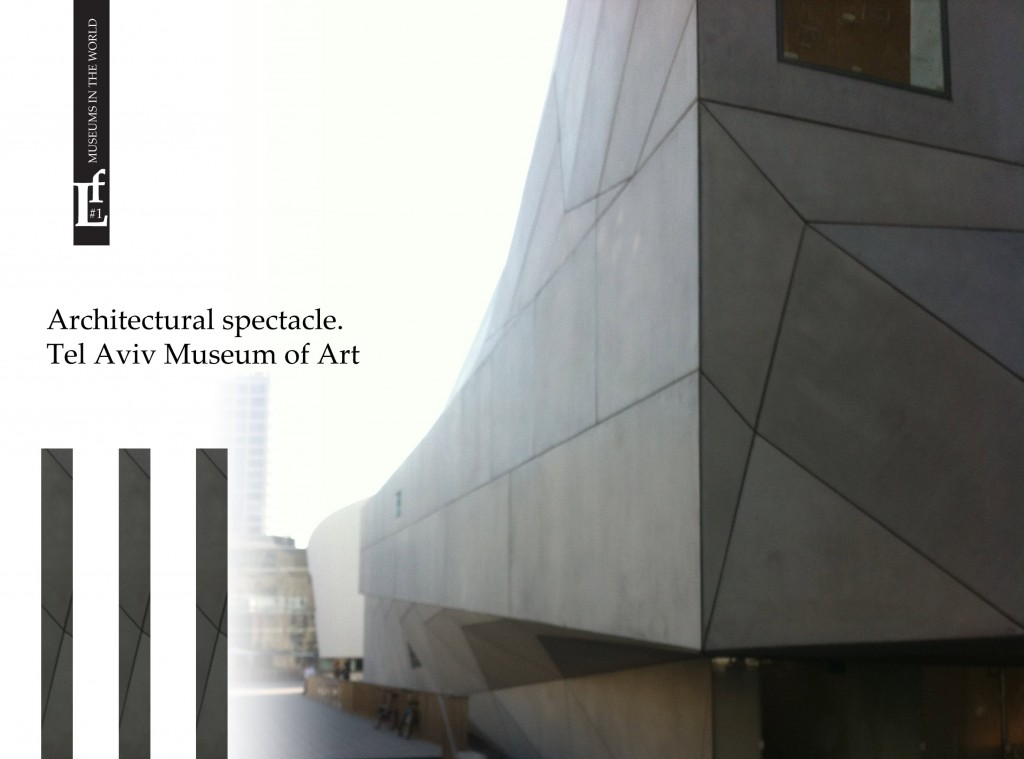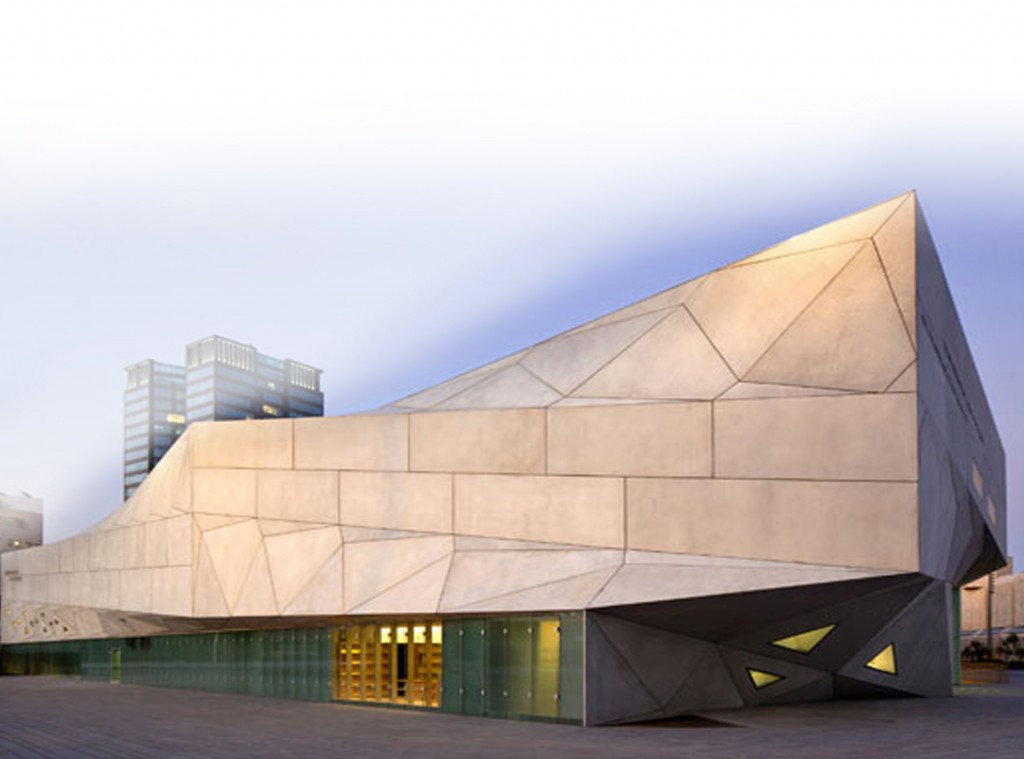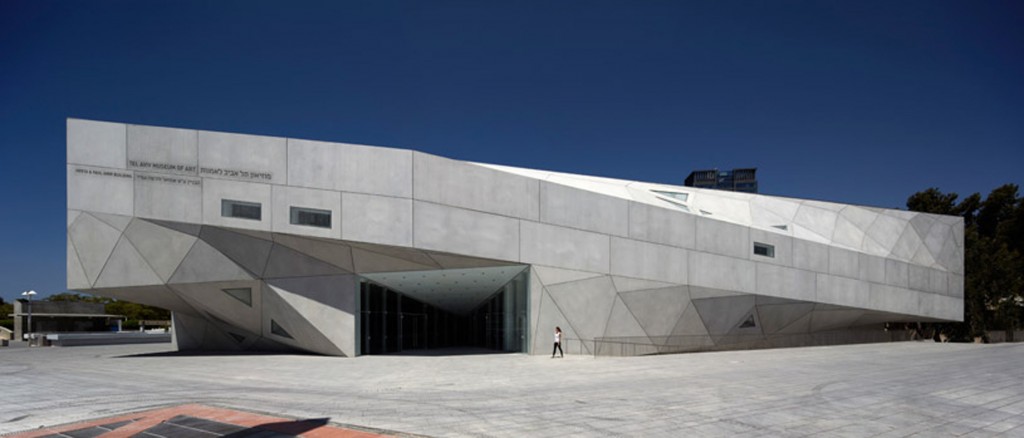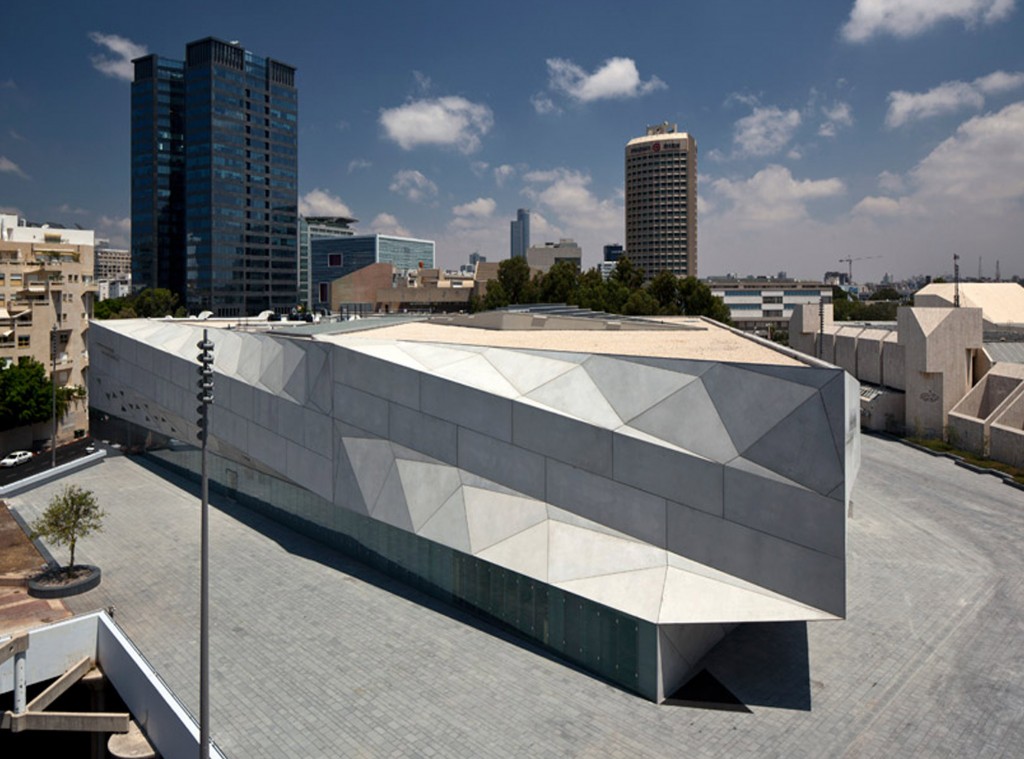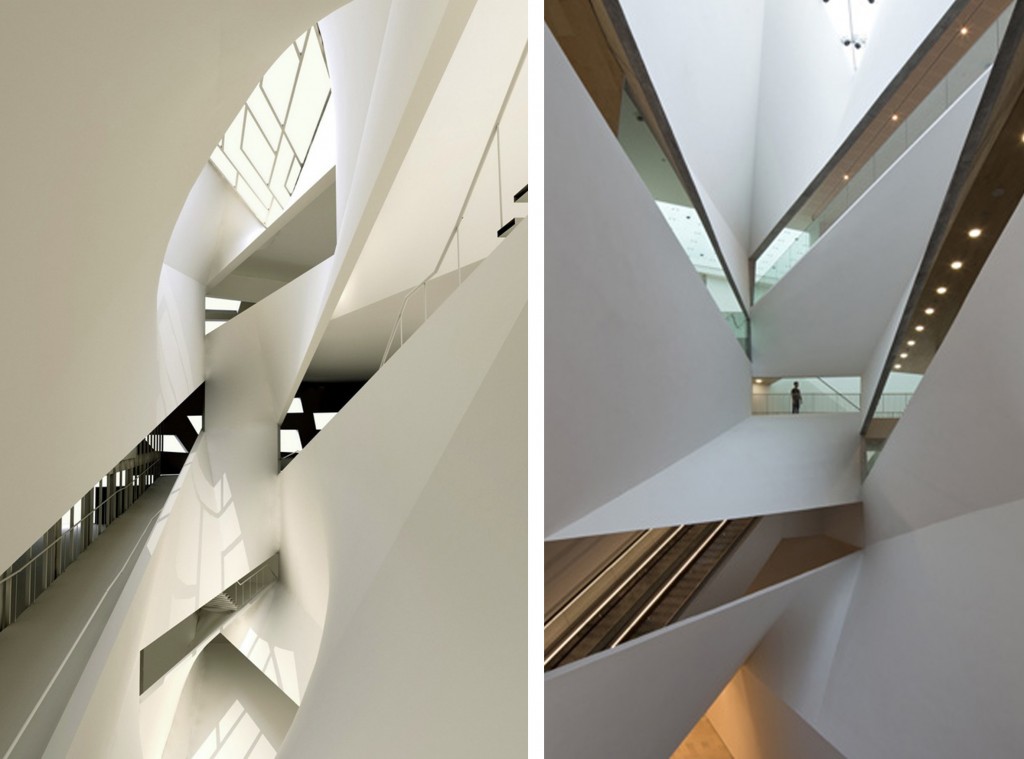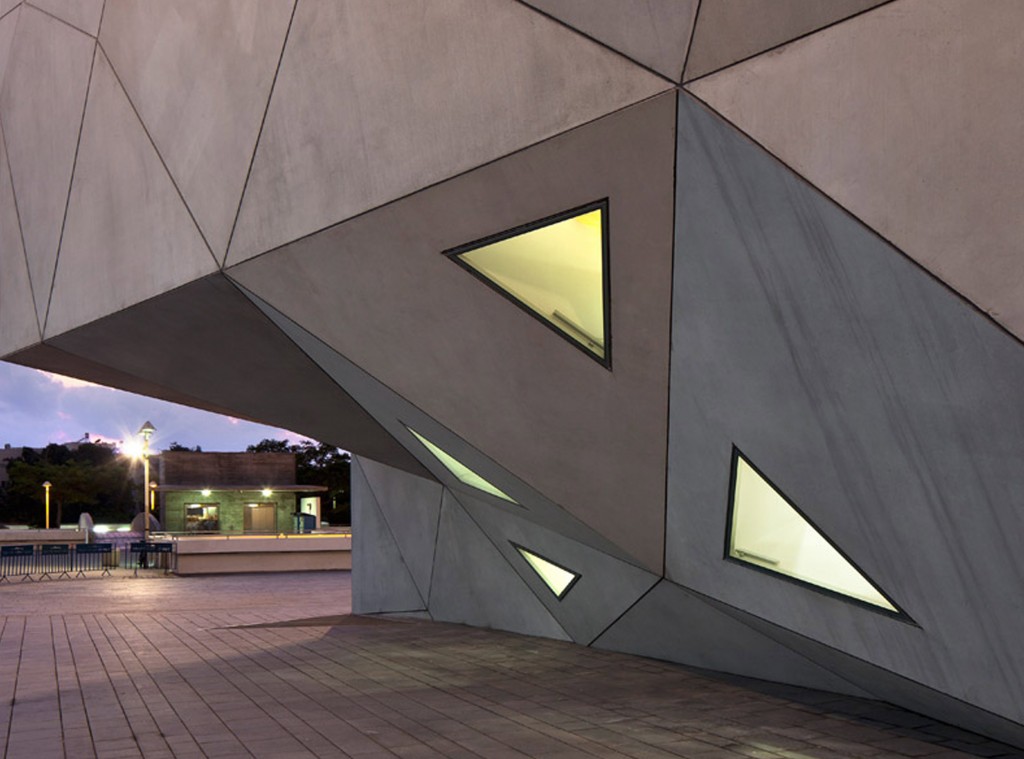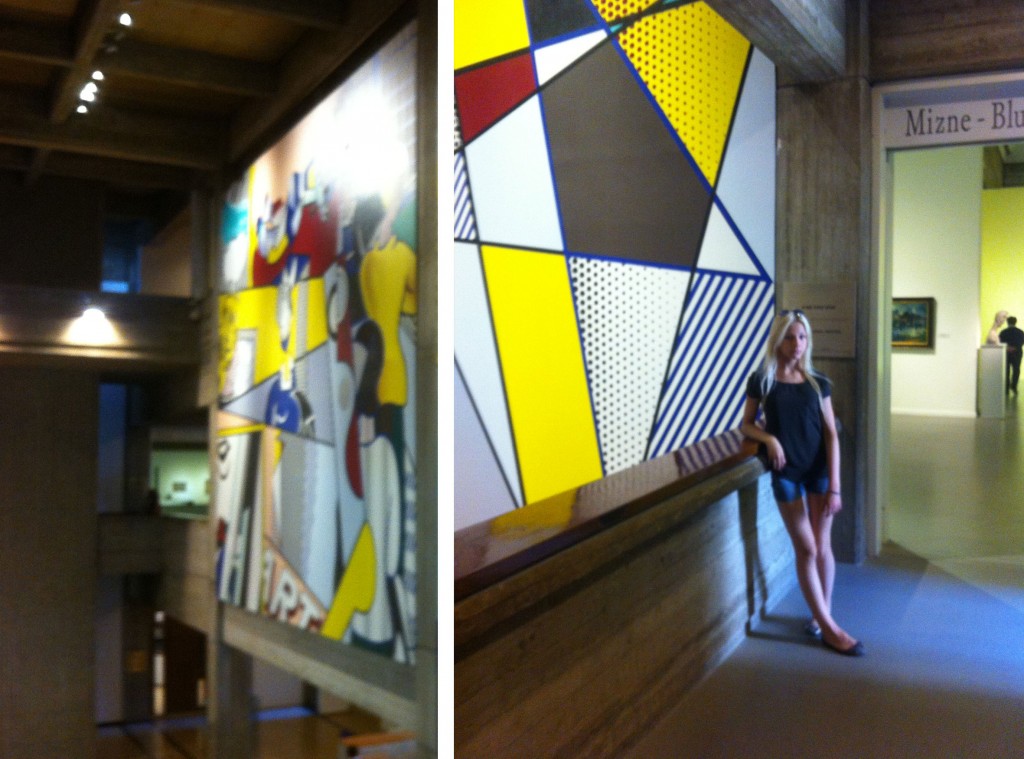It happens that the space for the display and storage of art becomes an art object itself. It happens that the view of the form and the composite solution of the building of a museum or a pavilion for exhibitions can give you the special mood and create the impression. And you enter with them into a exhibition and become a spectator. It happens that the exhibits, for which you have decided to visit the vernissage, have already faded in your memory but you still remember unusual areas of museum.
Tel Aviv Museum. Photo © Amit Geron
We are used scolding the modern architecture for its primitivism,disharmony, tasteless styling, for the monotony and even absurd.
Indeed, the second half of the XX century has left us a lot of faceless and even ugly buildings. Same constructing is continuing to this day. This is primarily due to savings of time and resources, sacrificing aesthetics, ergonomics, and occasionally functionality.
But like at the end of the last century, today, there are creators capable of using fine sense of composition, style, correlation of forms, structures, clear understanding of the practical problems of creating of the truly unique structure, real works of contemporary architecture, which we are proud and ready to leave them to future generations.
But the architect, even a genius can not realise his dreams alone. An architectural object is always a result of the work of many people.
Often the pure idea of the architect is transformed beyond recognition, which of course is regrettable. But the construction of such expensive buildings would be impossible to implement without patrons, politicians and the public.
And most importantly, these objects are created and filled our space-changing landscape, sometimes so dear to our hearts. An architect faces with complexity and responsibility in his work constantly . On the one hand he has a great scope for action, on the other hand he is squeezed on all sides, economically, aesthetically, ethically.
Tel Aviv Museum. Photo © Amit Geron
And remarkably, when there is mutual understanding between the customer and the creator, the result exceeds expectations.
The new building (Herta & Paul Amir Building) Tel Aviv Museum of Art, designed by American architect Preston Scott Cohen and Preston Scott Cohen, Inc., Cambridge, MA.
The author describes his project as an unusual synthesis of two opposed positions for the modern museum: museum of neutral white spaces and the museum as an architectural spectacle.
Rectangular galleries are designed around a spiraling atrium (height of twenty-six metres). The building has multi-level plan. In essence, it is a series of independent plans and steel structural systems stacked one upon the other, connected by geometric episodes of vertical circulation.
The architect had the complicated task . The site for the future building was in the shape of a triangle, the museum needed large number of independent rectangular galleries.
Tel Aviv Museum. Photo © Amit Geron
The solution was found. The composition, slightly twisted geometric surfaces (hyperbolic parabola), connecting disparate corners of the galleries, and natural light through the glass ceiling of the atrium, refracted, has penetrated even in the lower floors of the building, half of them located under ground.
Tel Aviv Museum. The section of the building. www.pscohen.com
The luminous central atrium allows you to see different angles of overlapping multi-level building. Standing on one or the other floors and looking from different angles, you can see the real performance of architectural forms that change, are refracted and get immobile again, making you stop.
The new construction has successfully entered into the current museum building in the architecture of the quarter, which was built of gray concrete. It bears the features of both, the new modern architecture and tradition of the Bauhaus school, which as we know, designed the special projects of building in Tel Aviv.
Tel Aviv Museum. Photo © Amit Geron
The museum’s collection includes the most important art trends of the second half XIX and first half of the twentieth centuries: the French Impressionism and Post-Impressionism, German Expressionism, Russian Constructivism, Fauvism, Cubism, Futurism, Surrealism. Here are exhibited works by Cezanne, Monet, Renoir, Rodin, Klimt, Kandinsky, Chagall, Dali, Warhol, Lichtenstein and others.
Tel Aviv Museum. Photo ©Ekaterina Moong
